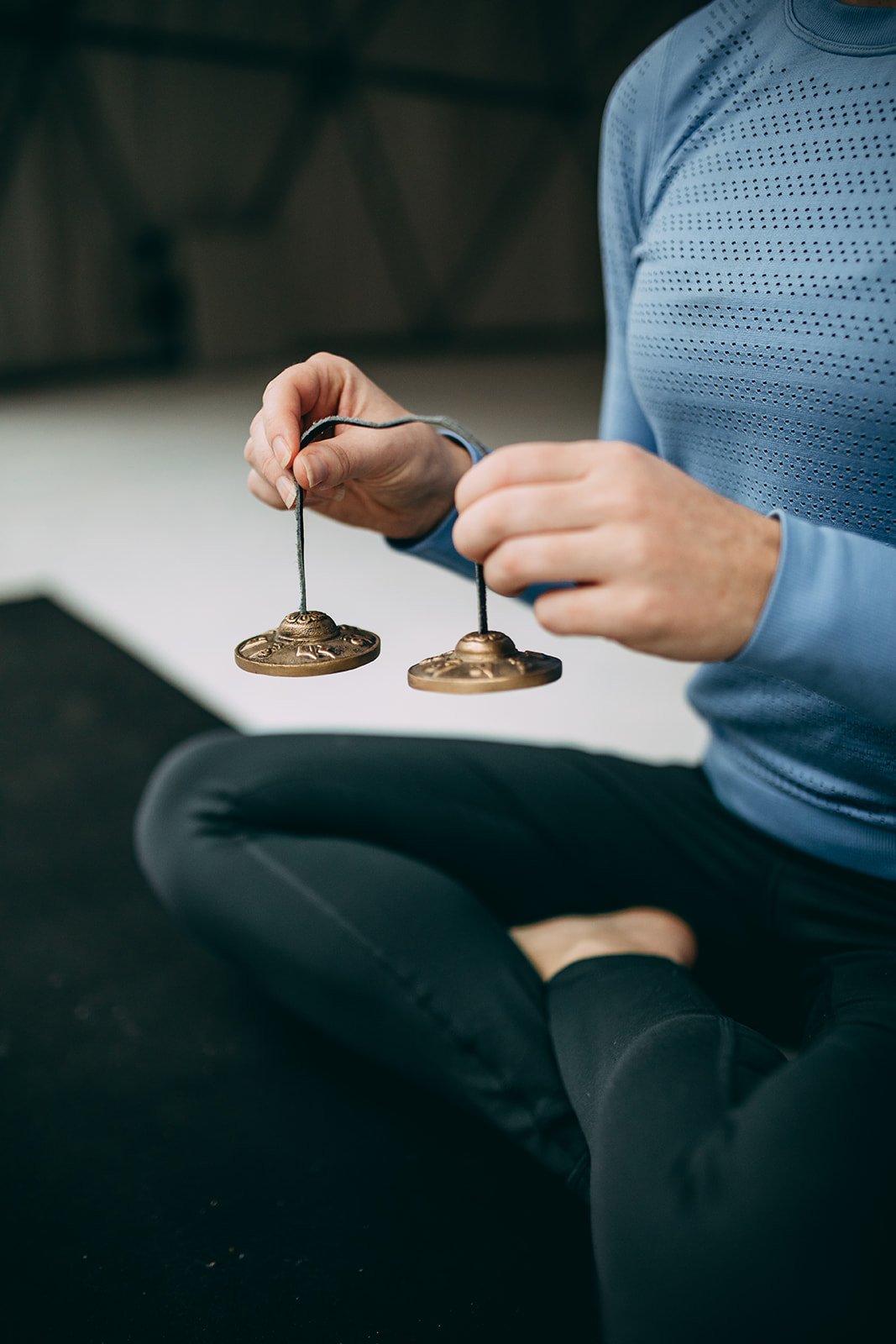Guest Blog Post by Mia Cara Cosco.
Sound healing has received significant media attention in the last few years alone for its numerous benefits and even celebrity attention.
Sound healing is an ancient art, given the historical significance of instruments going back seemingly as old as the dawn of civilization. History depicts sound healing has been exercised in various forms over time, from chanting to ward off evil spirits to playing music for mental health-related illnesses. Music has been used since to boost morale in military troops, aid people in productivity and so many more situations + cultures around the world.
Health Benefits Of Sound Healing
A trained practitioner is typically trusted to lead a sound healing experience, as it’s not actually as easy as hitting bowls or twirling a chime. Different aspects of music improve physical and emotional health.
Sound healing can also happen by way of moving along to the music in small or large motions. If meditating is something seen as “common”, then this is an act of going beyond simply listening to the music because you are also working to empty your mind of thoughts and resolve any fidgeting (which can be easy to do). Sometimes, sound healing can even be through the act of playing an instrument yourself. From experience, this can be a deeply soothing and contemplative experience that puts you in touch with a flow state.
Sound healing has had some interesting niche findings in the research, such as boosting immune function by lowering stress levels and improving the health of premature babies. Research has also found these general benefits:
reducing stress
decreasing anxiety
improving memory
reducing blood pressure
lowering cholesterol
minimizing pain
decreasing risk of heart disease and stroke
Much of these findings also correlate with mindfulness meditation — much of sound healing puts you in a state of inner flow and intentional stillness. Once the habits of fidgeting and intrusive thoughts are put aside to immerse yourself in it, the healing or noticeable effects of meditation or sonic frequencies can be felt potentially quite deeply.
Overall, with health as a primary value, it seems as though we have evidence to shift our focus from the typical model of health to a perhaps more ancient one. Sound healing has rebranded in white-washed western culture, however, the benefits have only become more well-known to science. Music and sound can change our state almost in an instant and this can be incredibly powerful for healing our body and mind.
What Instruments Are Used?
Any and all instruments can be ultimately used to heal, depending on what resonates with you and what sound you prefer, thus there really is no right answer to this. With that said, there are certain instruments designed and typical for sound healing studios that are worth mentioning:
hand pan
pan flute
chimes
harmonium
tuning forks
singing bowls
tongue drum
gong
harp
It is common for music therapists to use well-known instruments, such as the guitar or piano, for performances as well. More culturally specific instruments, such as the sitar or zither, can also be found depending on where you are in the world.
Your preference in music or what sounds you like to hear often occurs on a subconscious level and may not be something you can rationalize. If you’re interested in finding a sound healing studio or a sound healer to experience the technique first-hand, make sure to ask these questions in the process:
Are there specific types of music you like to listen to?
Are there music genres you are uncomfortable with?
Would you prefer to be moving or meditating while sound healing is happening?
Are there instruments you are more interested in hearing?
Are there instruments you don’t like the sound of?
What Sounds Are Right For You?
Let’s get into the specifics of what sound frequencies can be healing—and for what. This is helpful to know about the Solfeggio frequencies, rediscovered by the physician and research Dr. Joseph Puleo in the 1970s:
432 Hz—the standard tuning for ancient musical instruments pre-20th century, deeply calming and soothing which is best for sleep
528 Hz—ability to heal and repair the body even after just 5 minutes due to its stress reduction power in the endocrine system and autonomic nervous system
396 Hz—helps remove subconscious fears, worries and anxiety by eliminating feelings of guilt and subconscious negative beliefs to help you feel uplifted
639 Hz—balances emotions, elevates mood and promotes communication with harmony and understanding into interpersonal relationships
741 Hz—problem-solving, bodily cleansing and self-expression to awaken intuition and promote simple living to live a healthy lifestyle and express creativity
852 Hz—replaces negative thoughts with positive ones and aids in awakening intuition and inner strength for living in harmony with your highest self
Notice How You Feel
There is no use trying to endure an uncomfortable experience when the purpose is to heal. With that said, brief moments of uneasiness are inevitable in any new experience as humans. An instinctual yes or no is essentially relying on our sympathetic and parasympathetic nervous system. These are slower, gradual insights and realizations that come from a steady mindfulness practice overall.
I am supremely grateful to the gracious team at Nectar Yoga for the opportunity to write about one of my favorite loves, sound healing.
Many thanks as well to the sources linked in this piece, rich in knowledge and wisdom on various healing modalities and practices.
If you took something away from this piece or learned anything, tell me below! What did you take away from this or have you experienced the benefits of sound healing first-hand? I would love to see your comment!
All Photos - Nectar Yoga Copyright













